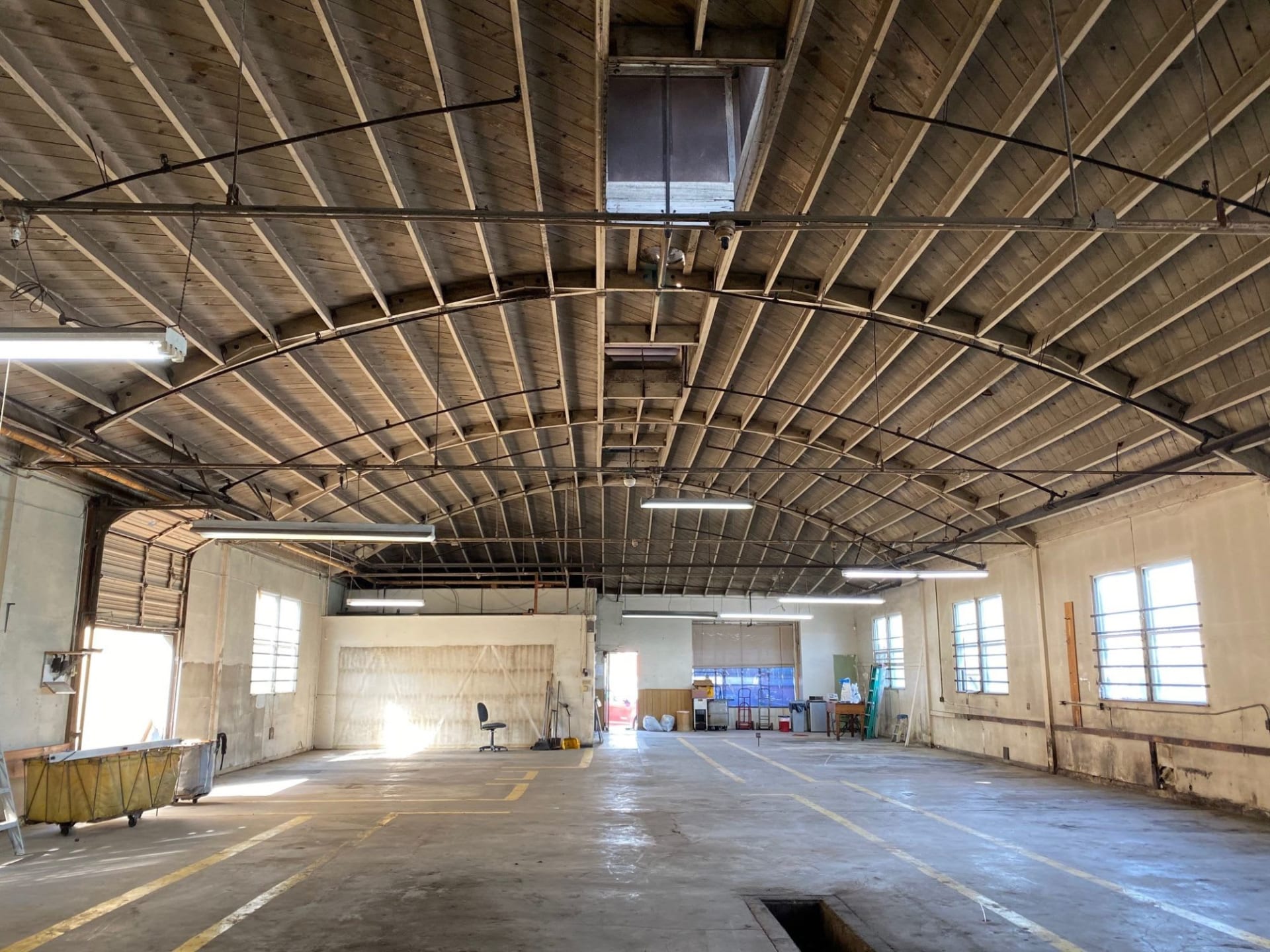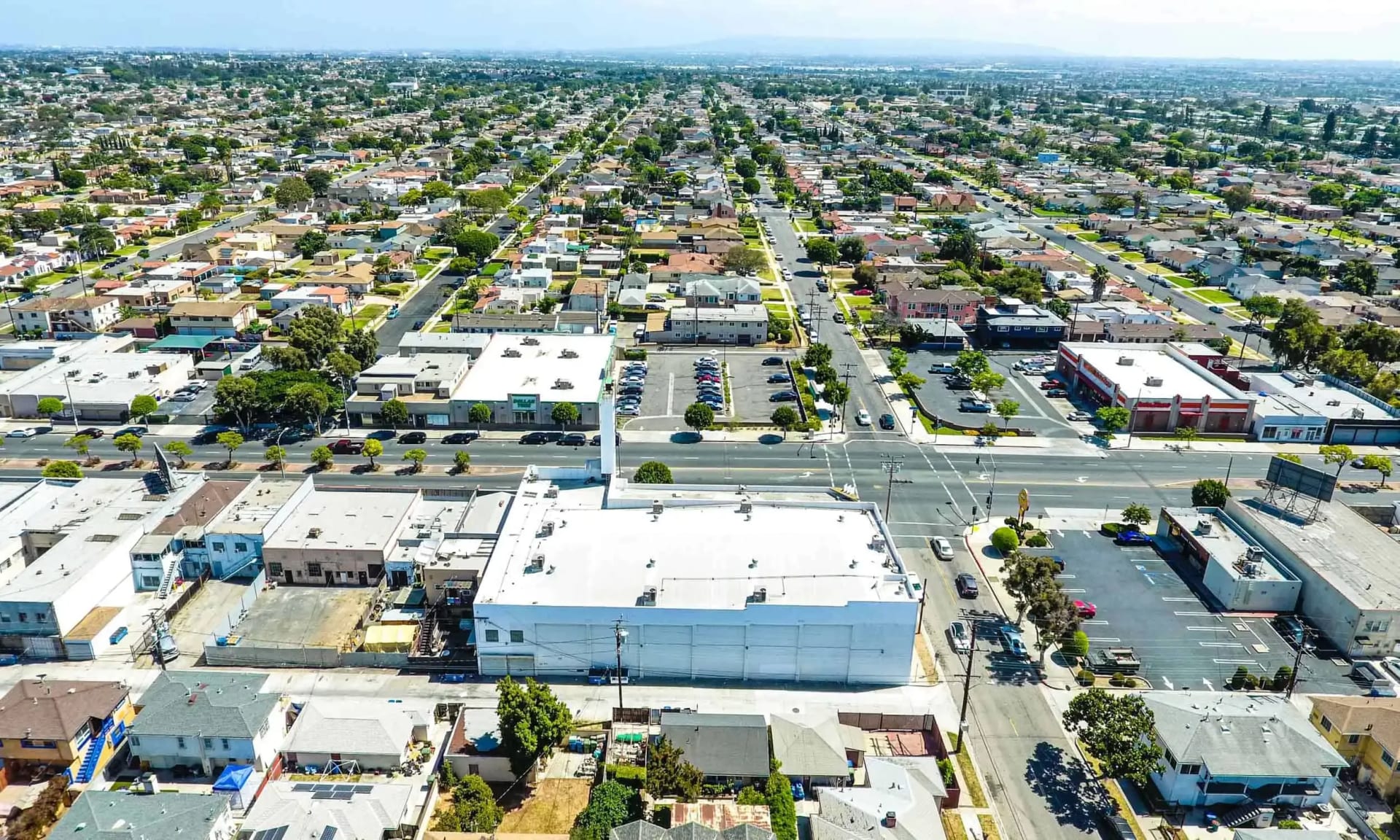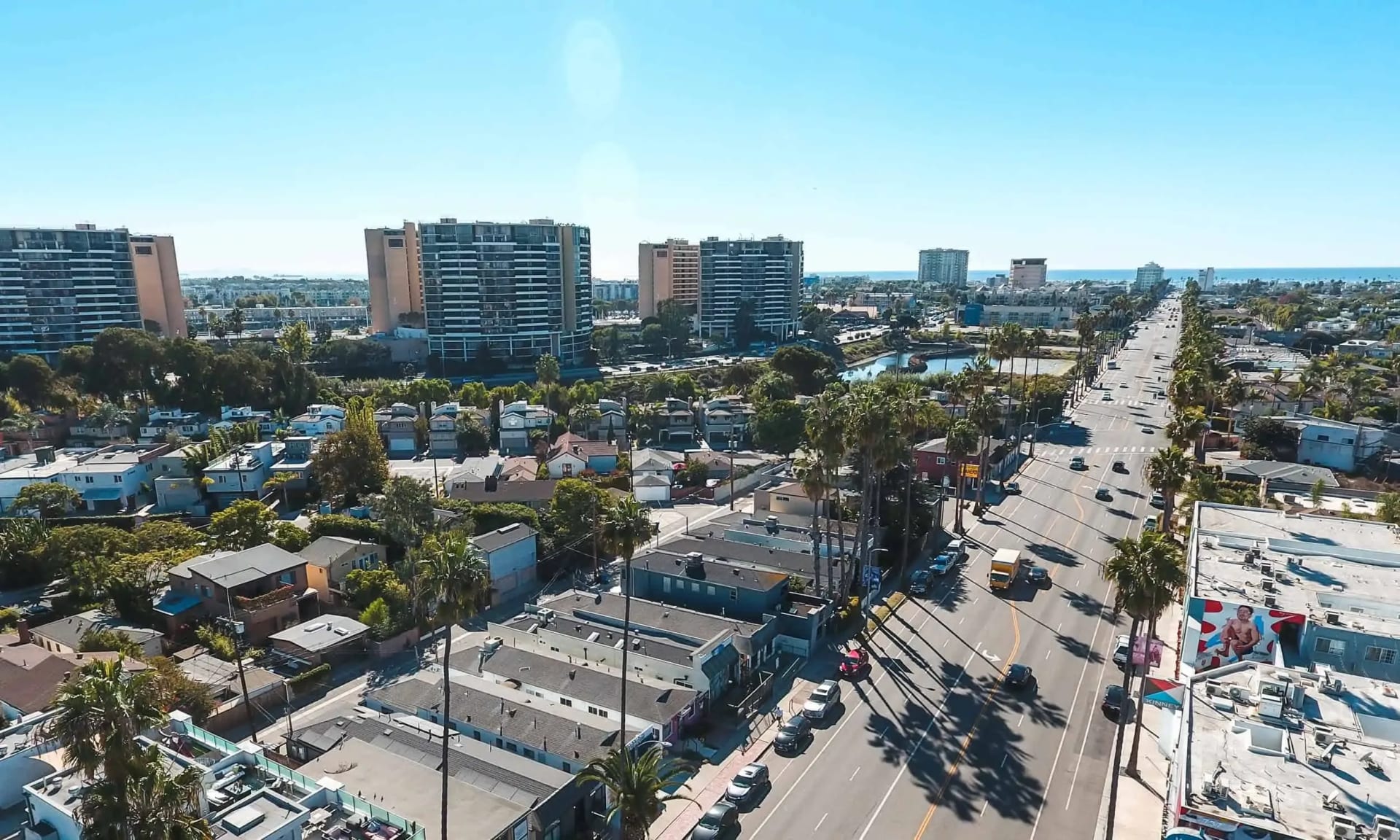
Data Courtesy of CoStar™


Industrial vacancy in Los Angeles has increased at the same pace as the national average over the past several years. However, while national vacancy expansion has been driven by supply growth, LA's has been driven by a contraction in occupancy, which has fallen below pre pandemic levels. Net absorption finally registered positively in the first quarter of 2025 following 11 consecutive quarters of decline, but is negative again in the second quarter, preliminarily. In addition, some spec developments are delivering vacant. Vacancy has reached 6.3% as of the third quarter of 2025, up from an all-time low of 1.7% at the beginning of 2022.
Of the nearly 14 million SF of new industrial space completed since 2023, roughly 70% has been leased, with 30% or over 4 million SF still vacant and available. Meanwhile, trailing-year net absorption of -6.2 million SF was weighed down by downsizing logistics tenants, bankrupt retailers closing warehouses, and some manufacturers shutting down operations.
Vacancies have grown the most in areas tied to port activity, such as Vernon, Commerce, and City of Industry. Some logistics tenants continue to downsize, often vacating older, less functional buildings in their portfolio. Imports to Southern California's twin ports finally reattained peak levels seen in 2021-22 recently, but tariffs imposed between the U.S. and China pose a downside risk. Imports dropped substantially in May, and a prolonged curtailing of international trade could impair demand. Consumer spending could weaken due to the expected inflationary shock of tariffs and a reduction in real household incomes. If slower retail sales or canceled goods orders lead to an erosion of business inventories over time, vacancy would likely rise higher and experience a longer path to recovery.
12 Mo Deliveries in SF
12 Mo Net Absorption in SF
Vacancy Rate
12 Mo Rent Growth
12 Mo Sale Volume

Boosted by tenants importing goods ahead of tariffs, new leasing volume (excluding renewals) rose towards 12 million SF in the first quarter of 2025, a level last seen in 2021. Tenants remain extremely active in the second quarter. However, tenants are also simultaneously moving out of space at an accelerated pace. New for lease listings are still outpacing the strong leasing volume, pushing availability in the market higher.
Approximately 75% of the under construction supply in LA is available for lease, and some buildings will likely deliver vacant. However, construction activity has subsided to a moderate 6.1 million SF, and the ongoing demolition of obsolete buildings will limit net supply growth. Vacancy does not rise substantially higher in the forecast.
Asking rents in the market have declined by nearly 20% from their 2023 peak. In addition, landlords are offering increased concessions. One to several months of free rent are common among new, larger leases. An inflection point in rents could be reached in 2025 if the recent improvement in tenant demand is maintained, but several risks to the forecast are apparent. Higher tariffs could eventually spur more domestic manufacturing, but more immediately impact the trade of goods imported to the LA ports. In addition, a slow pace of home sales resulting from interest rates remaining higher for longer and additional bankruptcies of brick and mortar retailers could weigh negatively on tenant demand into the second half of 2025, extending the downturn of rents in the market.
You’ve got questions and we can’t wait to answer them.